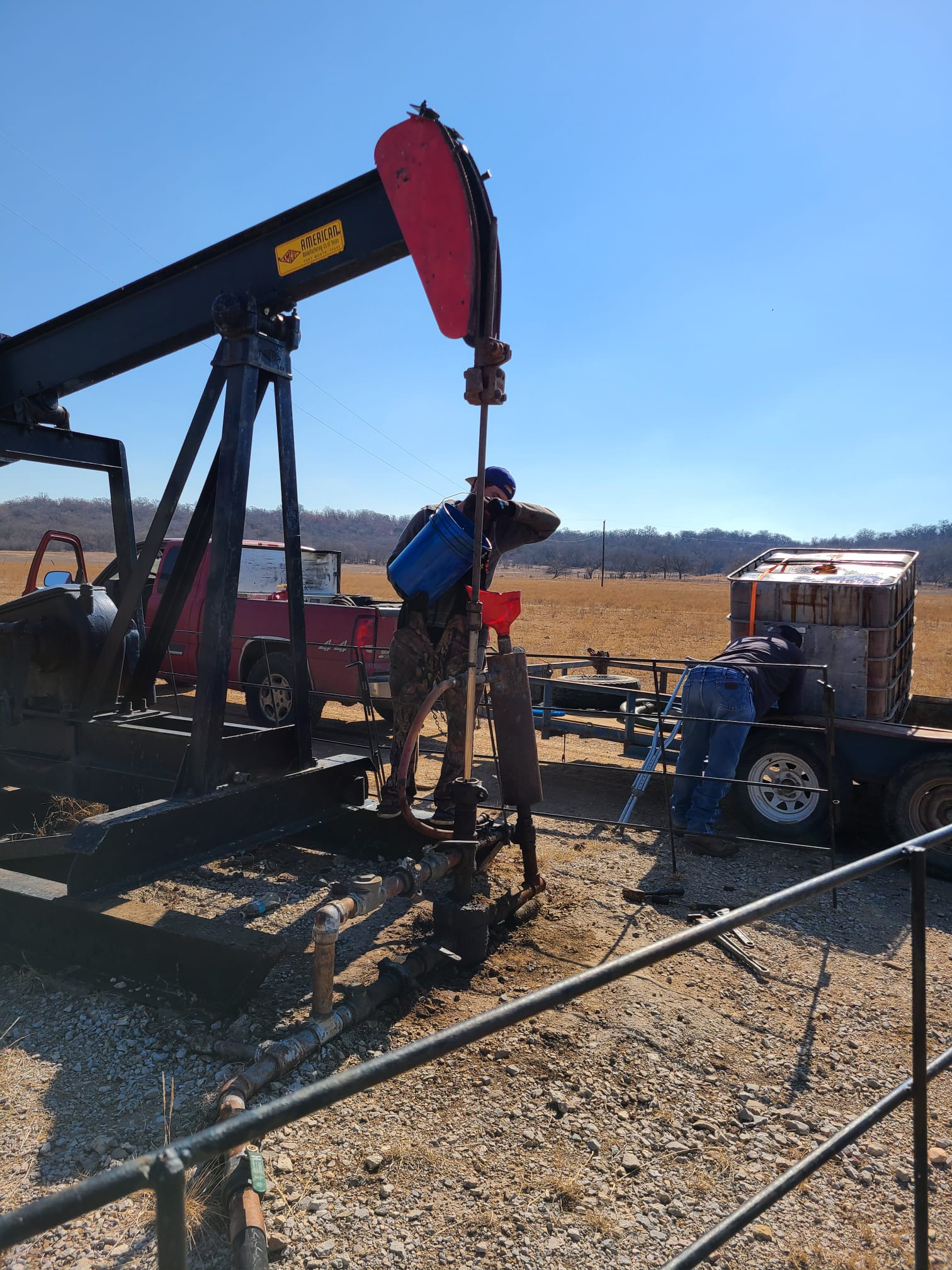With recovery technology, mature marginal wells are a golden opportunity.
Writting by. William Jimenez- CEO
As can be read on the website of US Energy Information Administration [EIA] , stripper wells represented 10% of total US oil production in 2015. Although this data is not updated to the year 2021, said percentage of contribution is still taken as a reference of the impact of these wells on national production. Current oil prices make the opportunity to activate the improved recovery of barrels of oil in these conventional wells even more attractive, especially now that a reactive chemical technology is available on hydrocarbon chains, which facilitates the removal of damage, in the producing sand, by organic deposits. The goal is to recover the pores and improve permeability from the reservoir. This technological opportunity makes the activation of these mature marginal wells more attractive compared to the limitations of unconventional marginal wells achieved by fracturing shale rock.
As this article refers Aging US Shale Wells: Years of Opportunity Remaining or Growing Asset Retirement Obligations? published in March 2022, Journal of Technology Magazine of petroleum Technology -Society of petroleum Engineers – “When you drill a big horizontal well and fracture it, a burst of oil comes out of the fractures. This gives you very high IP- Productivity Index. However, this production rush is just that: it comes out very quickly (High Pressure). Large volumes are produced at first, but dwindle in a relatively short period of time. Initial discharge from fractures only lasts a few years in most cases and is followed by much lower and much slower production rates for the remainder of the well’s life. These are large, expensive wells that cost more than vertical wells to operate and are falling at much lower rates in a matter of a few years.” Similarly, Unconventional wells based on rock fracture are like a baked clay or glass bottle, without porosity, loaded with hydrocarbons and hermetically sealed with high pressure inside. Once the bottle is broken (fracture) everything inside is emptied. The remaining hydrocarbon to be removed is low and has a high extraction cost due to the unconventional and more complex characteristics of drilling this type of well.

Quite the opposite occurs with conventional vertical wells, where the embedding of the crude oil in the rock or matrix is different and the pressures do not depressurize quickly. There is no such “bottle” that needs to be broken, as explained. It is in this scenario, where the novel chemical technology of enhanced recovery through non-thermal reaction with hydrocarbon, boosts the golden opportunity of mature marginal wells. This type of conventional well requires recovering the permeability of the producing sand to make it easier for hydrocarbons to be extracted. With a moderate thrust pressure, the well’s bottom temperature and complemented with mechanical agitation, recovery would be facilitated. Everything is based on the use of energy from the well itself, combining it with chemical treatment. There is low cost using “the technology”.


No responses yet